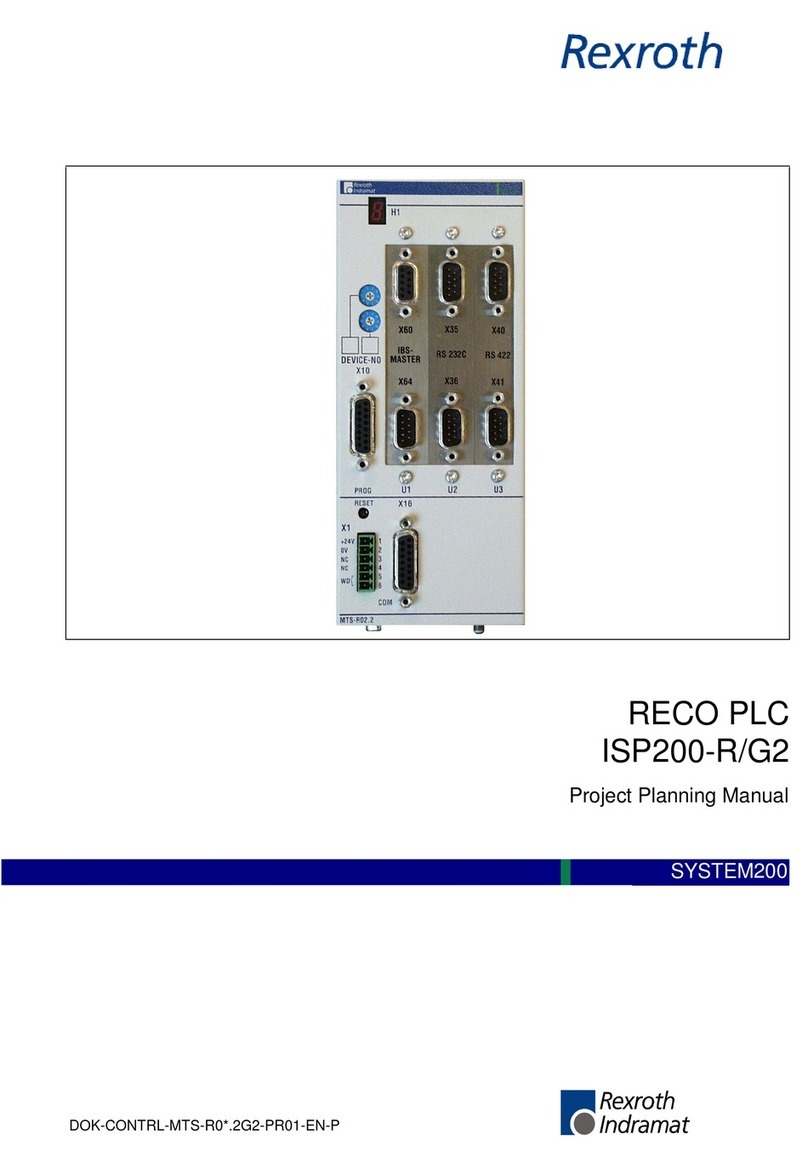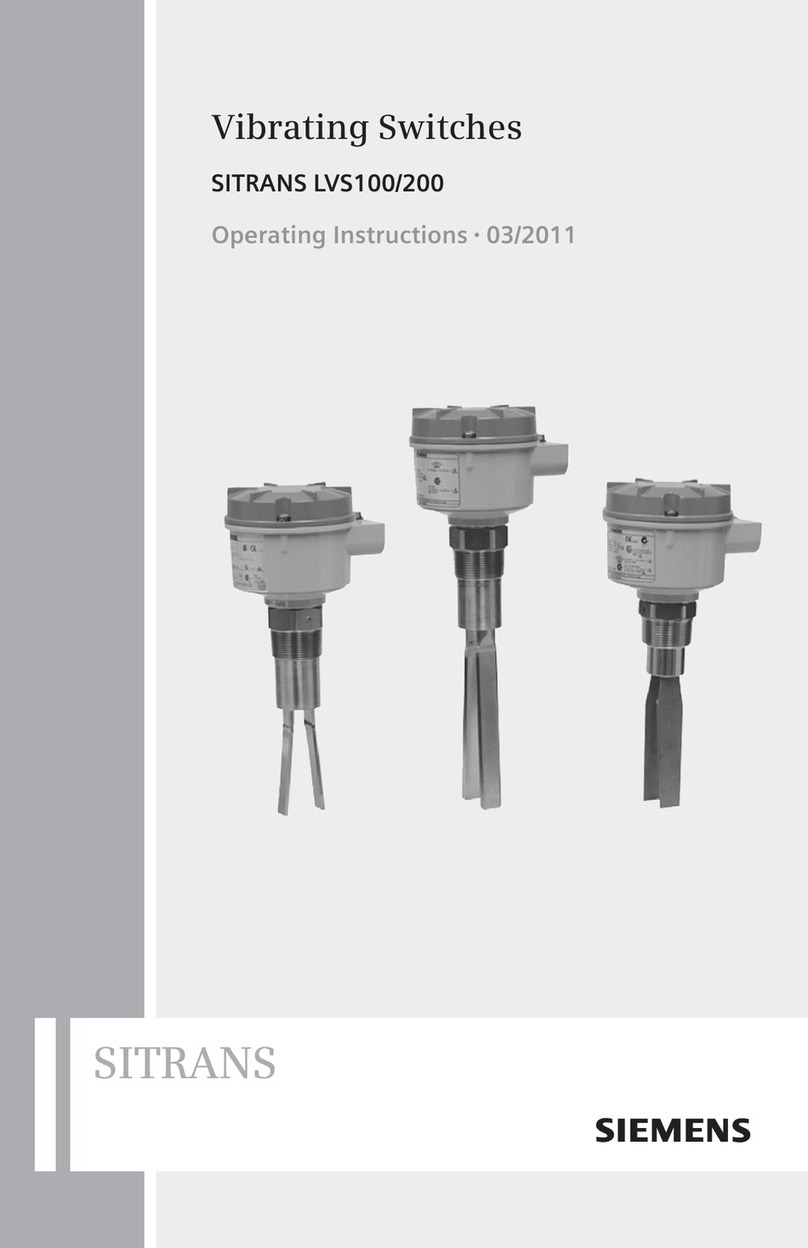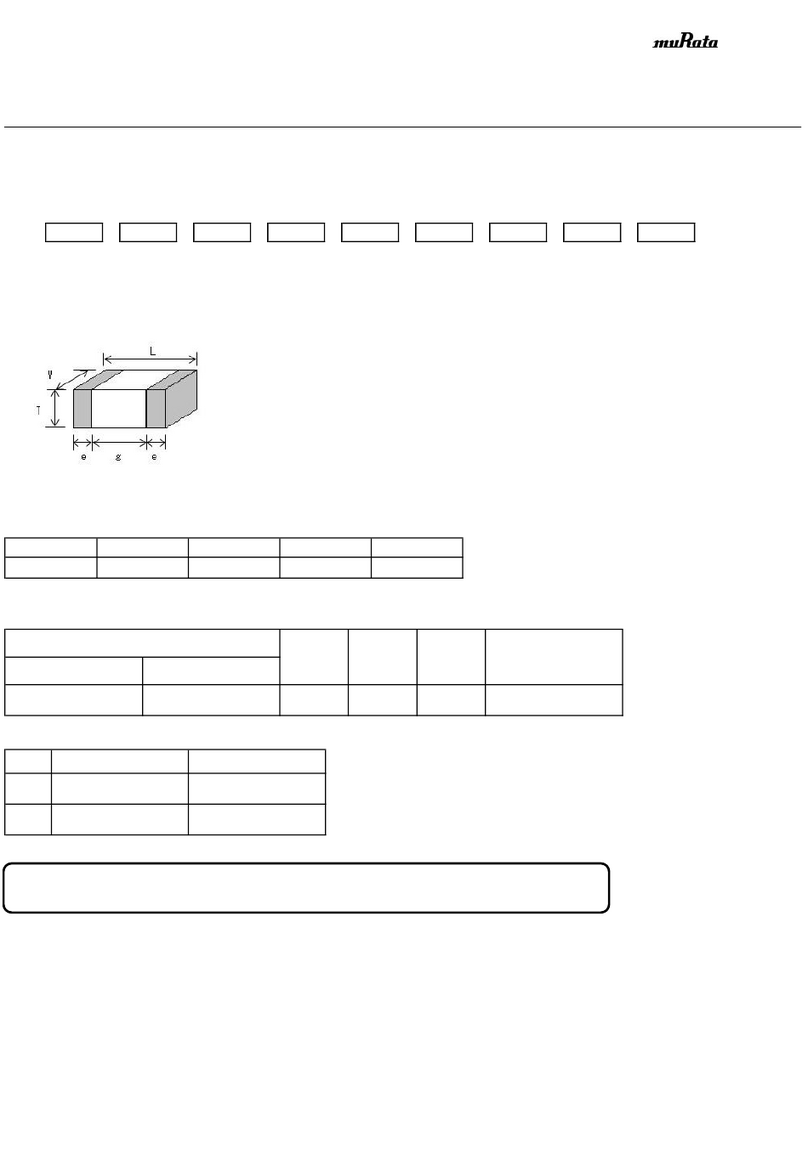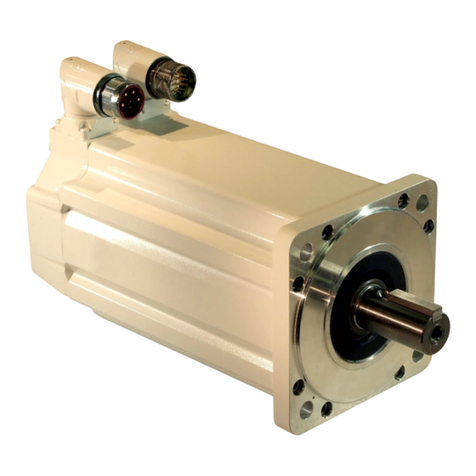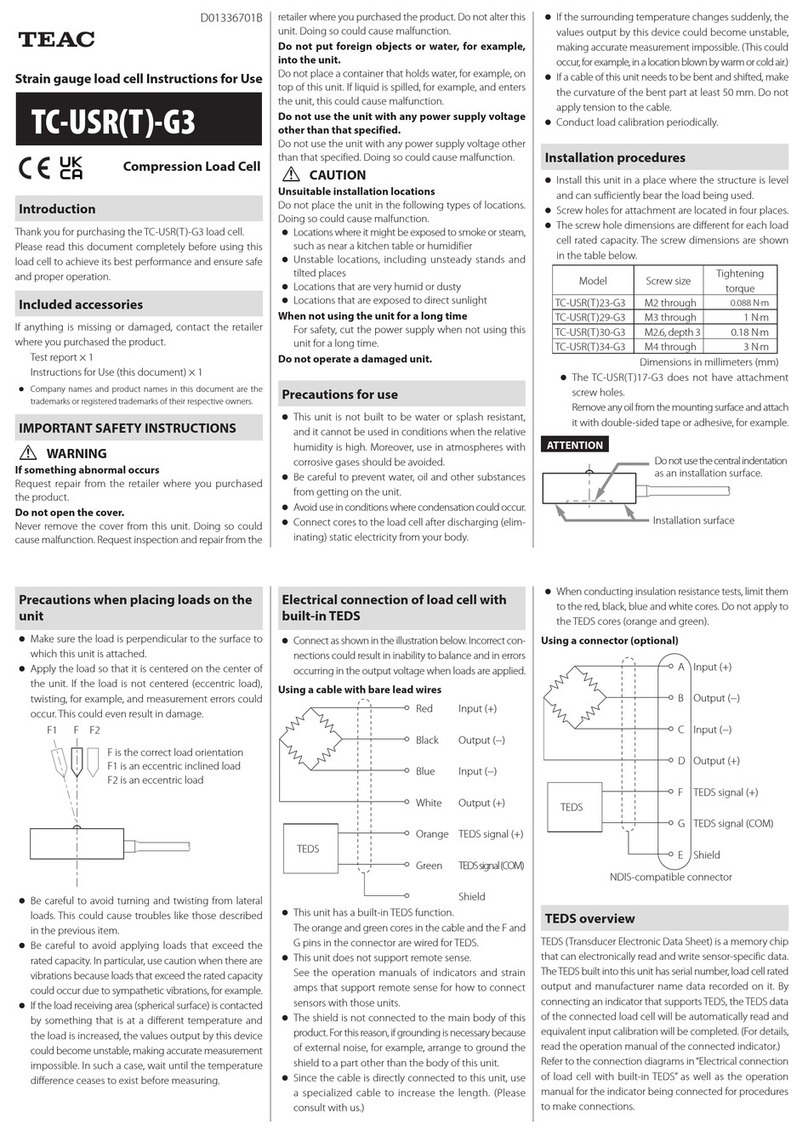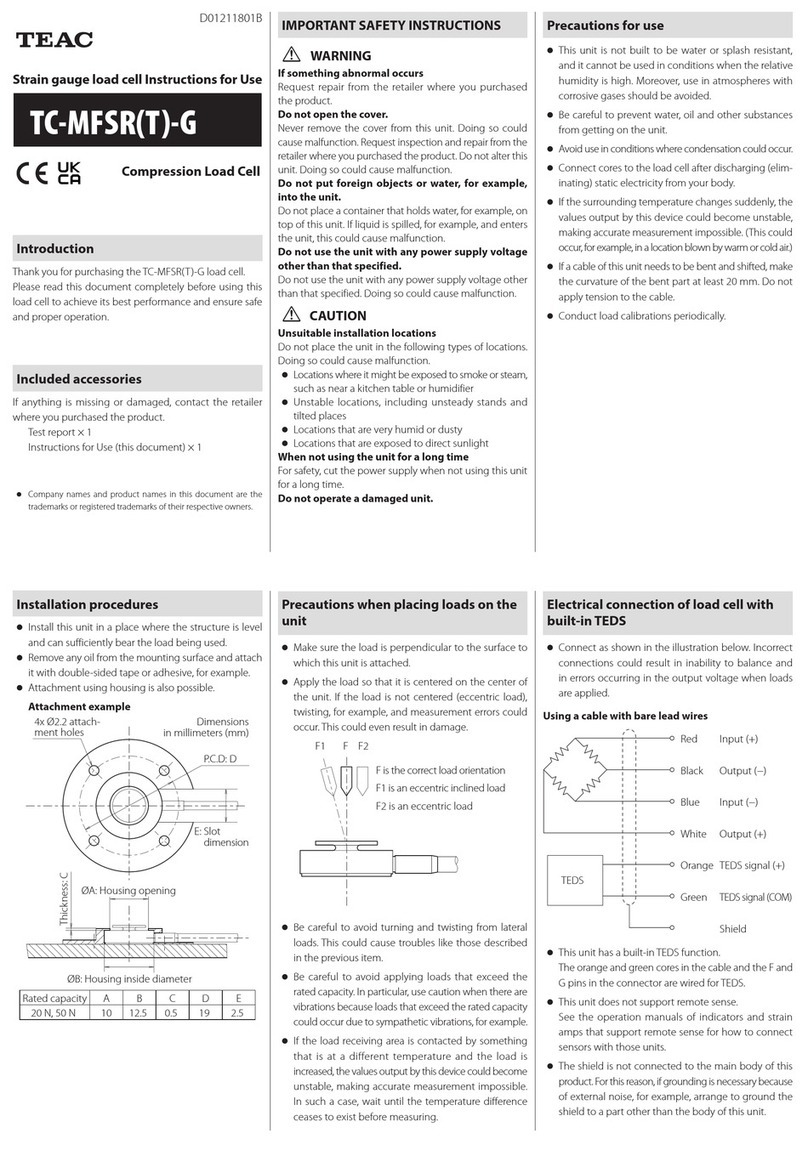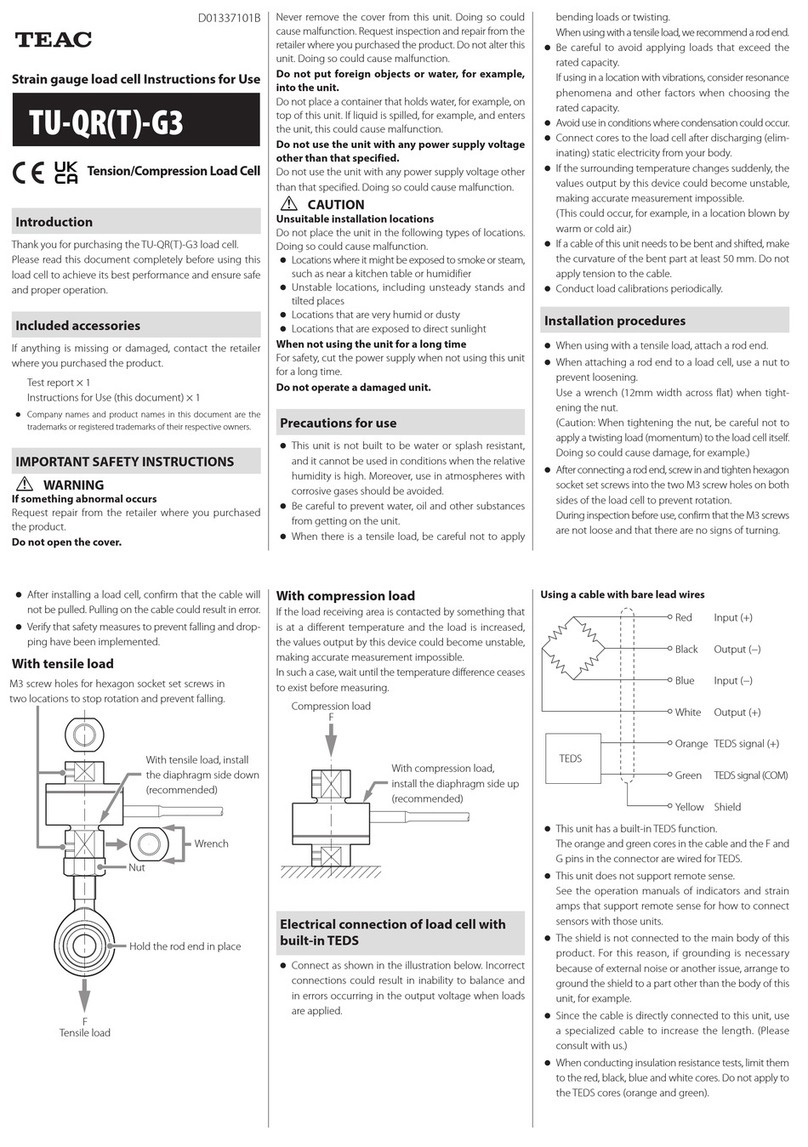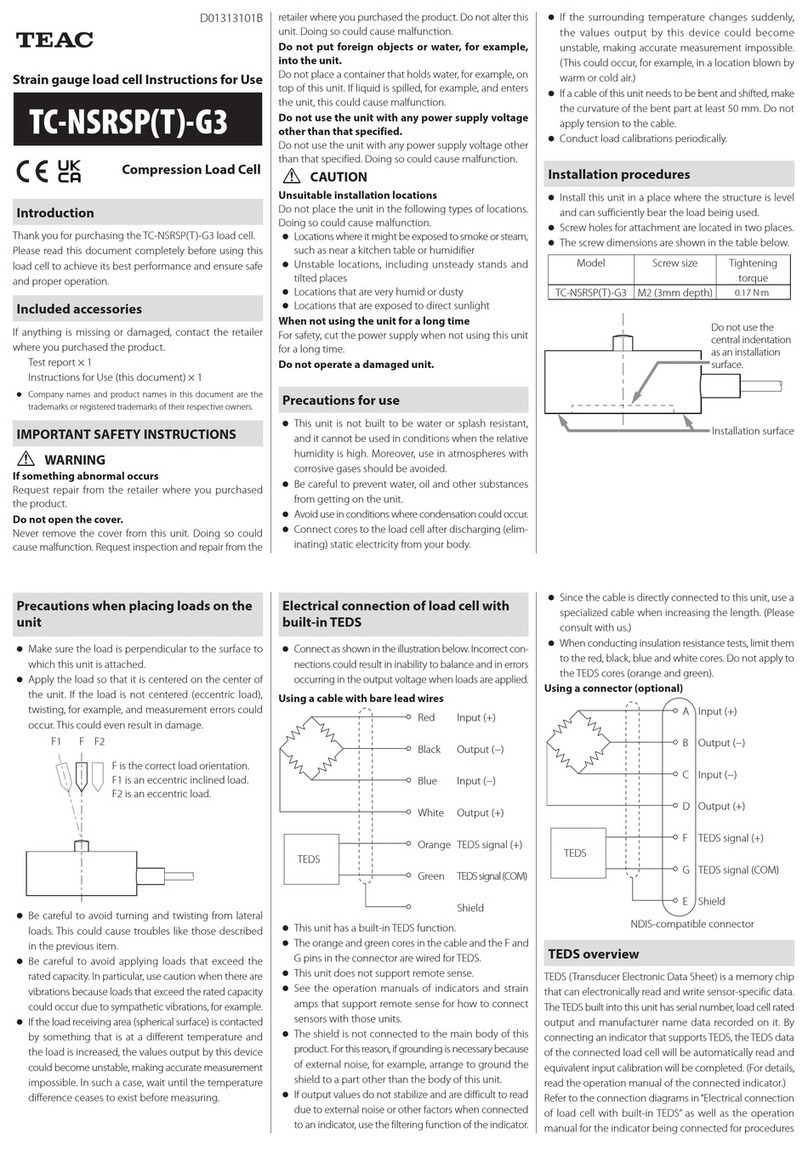
Example of jig for TC-XR(T)20KN-G6 and TC-XR(T)50KN-G6
TC-XR
m6
∅56
∅56
30 30
P.C.D.44
4 × Ø5.5 through,
Ø9.5 counterbore,
15depth
Curved load-receiving
surface
Surface for contacting load
cell ground to a maximum
parallelism tolerance of 0.01
Load distributed evenly
across entire load cell surface
4 × Ø5.5 through,
Ø9.5 counterbore, 15 depth
Jig boss depth of 8
Tolerance through product
center hole is H7 JIS
Dimensions in millimeters (mm)
TEDS overview
TEDS (Transducer Electronic Data Sheet) is a memory chip
that can electronically read and write sensor-specific data.
The TEDS built into this unit has serial number, load cell rated
output and manufacturer name data recorded on it. By
connecting an indicator that supports TEDS, the TEDS data
of the connected load cell will be automatically read and
equivalent input calibration will be completed. (For details,
read the operation manual of the connected indicator.)
Refer to the connection diagrams in “Electrical connection
of load cell with built-in TEDS” as well as the operation
manual for the indicator being connected for procedures
to make connections.
TEAC indicators and signal conditioners that support TEDS
include the TD-01 Portable, TD-700T, TD-260T, TD-9000T
and TD-SC1. For details, inquire at the retailer where you
purchased the unit.
If not using the TEDS function, do not connect the orange
and green load cell cores.
Moreover, take measures to prevent the orange and green
cores from touching other terminals.
Data recorded in TEDS are tested values from calibration
conducted at room temperature during inspection before
shipping from our company.
Load cell output will be affected by the environmental
temperature where used, even when within the compen-
sated temperature range established in the specifications.
Although load cell output is calculated from the calibration
value saved in TEDS, when the environmental temperature
differs greatly from room temperature, the temperature
impacts increase on the zero point and the output. For
this reason, consideration of the effect on output voltage
is necessary. Output voltage changes will be within the
specification range as long as the unit is used at tempera-
tures within the specification range.
When using the TEDS function
This product’s cores for TEDS (orange and green) are
protected by a plastic cover as shown in the illustration.
This is to prevent miswiring and contact with other connec-
tors during use, for example, which could cause shorting.
To use the TEDS function, remove the tip of the plastic cover,
following the perforations, from the end of the cables. Then,
connect the TEDS cores (orange and green) to the indicator.
Refer to“Electrical connection of load cell with built-in TEDS”
for how to connect each wire.
Cores
for sensor
Load cell cable Protective plastic Perforations
Cores for TEDS (orange and green)
When not using the TEDS function
If not using the TEDS function, remove the entire protective
plastic cover and cut off the TEDS cores (orange and green)
around where the plastic cover was attached to the cable.
If you use it without removing these cores, do not remove
the protective plastic or make other arrangements to prevent
the cores from touching other places.
Refer to“Electrical connection of load cell with built-in TEDS”
for how to connect each wire.
NOTE
Explanations related to TEDS are available on our website.
https://loadcell.jp/en/info/teds.html
ATTENTION
Since the protective plastic and tag are not suitable for
the entire temperature range of this unit’s specifications,
do not expose them to high temperatures.
Handling after use
oWhen moving this unit while it is installed, take protective
measures to prevent it from being shaken or subjected
to excessive external forces.
oWhen storing it, keep it in a dry place where it will not
be exposed to water or oil, for example.
Specifications
TC-XR(T)-G6
Model Capacity
kN A B C D E F G H J K Wt.
kg
20KN-G6 20 62 56 35 1 44 18 2x4-M5
Depth 7
17.5 20 40 0.8
50KN-G6 50 62 56 35 1 44 18 17.5 20 40 0.8
100KN-G6 100 62 56 40 1 44 18 20 20 40 0.9
200KN-G6 200 86 78 50 2 60 20 2x4-M8
Depth 10 25 26 52 2.0
300KN-G6 300 100 90 70 2 70 20 2x4-M8
Depth 12 35 26 59 4.0
Safe overload rating: 120% R.C.
Rated output: 1mV/V ±1%
Linearity: 0.5% R.O.
Hysteresis: 0.5% R.O.
Repeatability: 0.1% R.O.
Dimensions in millimeters (mm)
Safe excitation voltage: 15V
Input terminal resistance: 700Ω ±7Ω
Output terminal resistance: 700Ω ±7Ω
Insulation resistance: 2000MΩ or more (DC50V)
Compensated temperature range: 0 to 60°C
Permissible temperature range: −10 to 80°C
Temperature effect on zero balance: ±0.5% R.O./10°C
Temperature effect on output: ±0.5% R.C./10°C
Cable: Ø6mm 6-core shielded robot cable
3m direct connection with bare lead wires
Body material: nickel chromium molybdenum steel
Environmental compliance: RoHS (10 substances)
Other: built-in TEDS
Dimensional
drawings
K
(2)
17
21
J
H
D D
ØB
ØF
G
P.C.D.E
Cable
Rubber sleeve
TC-KR(T)-G6
Model Capacity
kN A B C D E F G H ØJ KWt.
kg
5KN-G6
5 40 35 50 1 24 10
2x4-M4
Depth 8 25 26 29 0.3
10KN-G6
10 62 55 70 2 44 18
2x4-M5
Depth 8
35 26 40 0.95
20KN-G6
20 62 55 70 2 44 18 35 26 40 1.0
30KN-G6
30 62 55 70 2 44 18 35 26 40 1.0
50KN-G6
50 62 55 70 2 44 18 35 26 40 1.0
100KN-G6
100 62 55 80 2 44 18 40 26 40 1.0
200KN-G6
200 88 80 100 2 60 20
2x4-M8
Depth 12 50 26 53 1.3
300KN-G6
300 100 90 120 2 70 20
2x4-M8
Depth 15 60 26 59 2.9
Safe overload rating: 120% R.C.
Rated output: 1mV/V ±1%
Linearity: 0.5% R.O.
Dimensions in millimeters (mm)
Hysteresis: 0.5% R.O.
Repeatability: 0.1% R.O.
Safe excitation voltage: 18V
Input terminal resistance: 700Ω ±7Ω (350Ω ±3.5Ω for 5KN)
Output terminal resistance: 700Ω ±7Ω (350Ω ±3.5Ω for 5KN)
Insulation resistance: 2000MΩ or more (DC50V)
Compensated temperature range: −10 to 70°C
Permissible temperature range: −20 to 100°C
Temperature effect on zero balance: ±0.1% R.O./10°C
Temperature effect on output: ±0.1% R.C./10°C
Cable: Ø6mm 6-core shielded robot cable
3m direct connection with bare lead wires
Body material: nickel chromium molybdenum steel
Environmental compliance: RoHS (10 substances)
Other: built-in TEDS
Dimensional
drawings
K
(2)
17
Ø20
J
(H)
G
E
D D
C
ØB
ØF
Cable
Warranty explanation
oThe warranty period for this device is one year from the
date of purchase.
oBe aware that repairs will require payment in the following
cases even during the warranty period.
1) Malfunction or damage due to misuse
2) Malfunction or damage caused by modifications or repairs
conducted by any party other than our company or a
service person designated by our company
3) Malfunction or damage caused by dropping, trans-
portation or similar handling after product delivery
4) Malfunction or damage caused by fire, earthquake,
water, lightning or other natural disaster
5) Malfunction or damage caused by external factors,
including power supplies and equipment environ-
mental conditions, that deviate from the operation
requirements of this product
6) Malfunction or damage if the product was not pur-
chased from our company or an agent designated
by our company
oWe offer paid service after the conclusion of the warranty
period. For details, please contact the retailer where you
purchased the unit.
oBe aware that our company will bear no responsibility for
any secondary damages resulting from the operation of
this device or related to data.
oInformation is given about products in this manual only for
the purpose of example and does not indicate any guarantees
against infringements of third-party intellectual property
rights and other rights related to them. TEAC Corporation
will bear no responsibility for infringements on third-party
intellectual property rights or their occurrence because of
the use of these products.
Contact information
TEAC CORPORATION (Manufacturer)
1-47 Ochiai, Tama-shi, Tokyo 206-8530 Japan
Phone: +81-042-356-9154
TEAC AMERICA, INC.
10410 Pioneer Blvd. Unit #1, Santa Fe Springs, California90670,
U.S.A.
Phone: +1-323-726-0303
TEAC EUROPE GmbH. (EU Importer)
Bahnstrasse 12, 65205 Wiesbaden-Erbenheim, Germany
Phone: +49-611-7158-349
TEAC UK Limited (UK Importer)
Luminous House, 300 South Row, Milton Keynes,
Buckinghamshire, MK9 2FR, UK
Phone: +44-1923-797205
0423 MA-3021B
